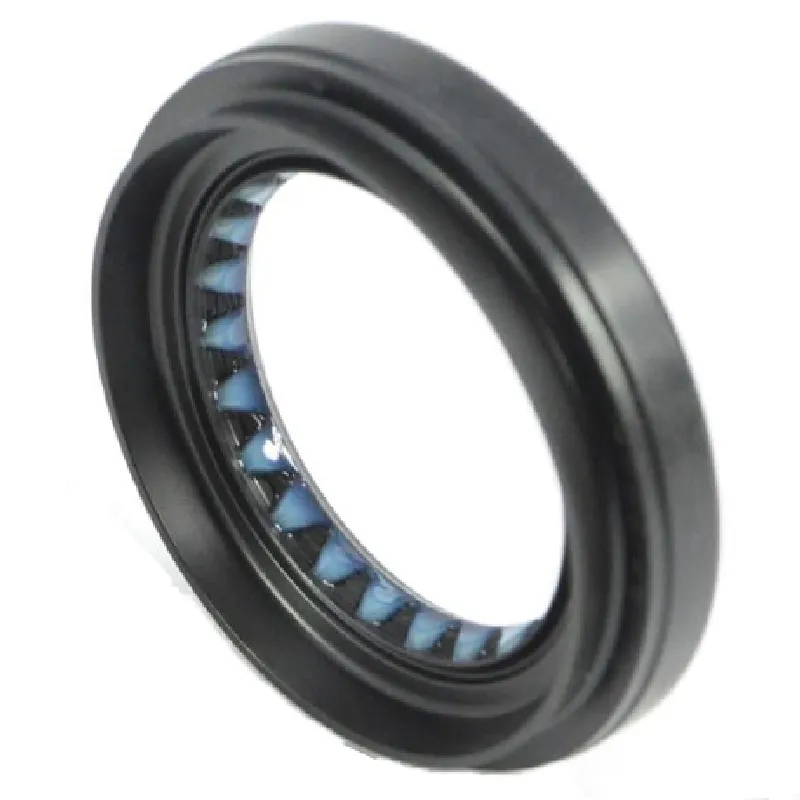power steering pump seal
Understanding Power Steering Pump Seals Importance and Maintenance
Power steering systems are essential components in modern vehicles, providing drivers with the ease and control necessary for smooth steering. At the heart of these systems lies the power steering pump, which circulates hydraulic fluid to assist in steering efforts. However, like any mechanical component, the power steering pump is susceptible to wear and tear, especially its seals. This article explores the importance of power steering pump seals, their function, signs of wear, and maintenance tips.
Importance of Power Steering Pump Seals
Power steering pump seals serve a critical function by containing hydraulic fluid within the pump and preventing leaks. These seals are designed to withstand high pressure and temperature variations while ensuring that the hydraulic fluid remains in the system. A well-functioning seal maintains the hydraulic pressure necessary for effective steering assistance, which is vital for vehicle control and safety.
Functions of Power Steering Pump Seals
1. Fluid Retention The primary function of the power steering pump seal is to prevent the hydraulic fluid from leaking out of the pump. This ensures that the system maintains the required pressure to assist in steering.
2. Contaminant Prevention Seals also act as barriers to prevent dirt, debris, and other contaminants from entering the hydraulic system. Keeping these impurities out extends the lifespan of the power steering pump and the entire steering system.
3. Pressure Regulation Efficient seals help maintain the necessary pressure within the power steering system, allowing for smoother operation and improved response times when turning the steering wheel.
power steering pump seal

Signs of Worn Power Steering Pump Seals
Over time, power steering pump seals can wear out due to exposure to heat, pressure, and the corrosive properties of hydraulic fluid. Here are some key signs that indicate your power steering pump seals may need replacement
- Fluid Leaks One of the most obvious signs of a failing seal is the presence of hydraulic fluid leaking beneath the vehicle, particularly near the power steering pump. - Steering Difficulty If you notice that your steering has become more difficult than usual, it could indicate a drop in hydraulic pressure due to a compromised seal. - Unusual Noise A whining or groaning noise from the power steering pump can indicate low fluid levels caused by leaks, often due to worn seals. - Warning Lights Some vehicles are equipped with dashboards that display warning lights if there is an issue with the power steering system, including potential seal failure.
Maintenance Tips
To ensure the longevity of your power steering pump seals, regular maintenance is essential
1. Fluid Checks Regularly inspect the power steering fluid level and quality. Top off or replace the fluid as necessary, following the manufacturer's recommendations. 2. Inspect for Leaks Frequently check for signs of leaks around the power steering pump and hoses to catch any issues early. 3. Professional Inspections Schedule routine inspections by a qualified mechanic, especially if you notice any of the signs of seal wear.
In conclusion, power steering pump seals play an integral role in the efficiency and reliability of a vehicle's steering system. By understanding their significance and maintaining them properly, drivers can ensure safer and smoother driving experiences. Regular checks and prompt repairs can save money and enhance vehicle longevity.
-
Simplifying Oil Changes: A Comprehensive Guide to Oil Drain Plugs and Their Variants
News Aug.04,2025
-
Mastering Oil Drain Maintenance: Solutions for Stripped, Worn, and Upgraded Oil Plugs
News Aug.04,2025
-
Fixing Oil Pan Plug Issues: Leaks, Stripped Nuts, and the Right Replacement Solutions
News Aug.04,2025
-
Everything You Need to Know About Oil Drain Plugs: Sizes, Fixes, and Upgrades
News Aug.04,2025
-
Choosing the Right Oil Drain Plug: A Guide to Sizes, Materials, and Drain Innovations
News Aug.04,2025
-
A Complete Guide to Automotive Drain Plugs: Types, Problems, and Innovative Solutions
News Aug.04,2025
-
The Ultimate Guide to Car Repair Kits: Tools and Essentials Every Driver Should Own
News Aug.01,2025
Products categories















